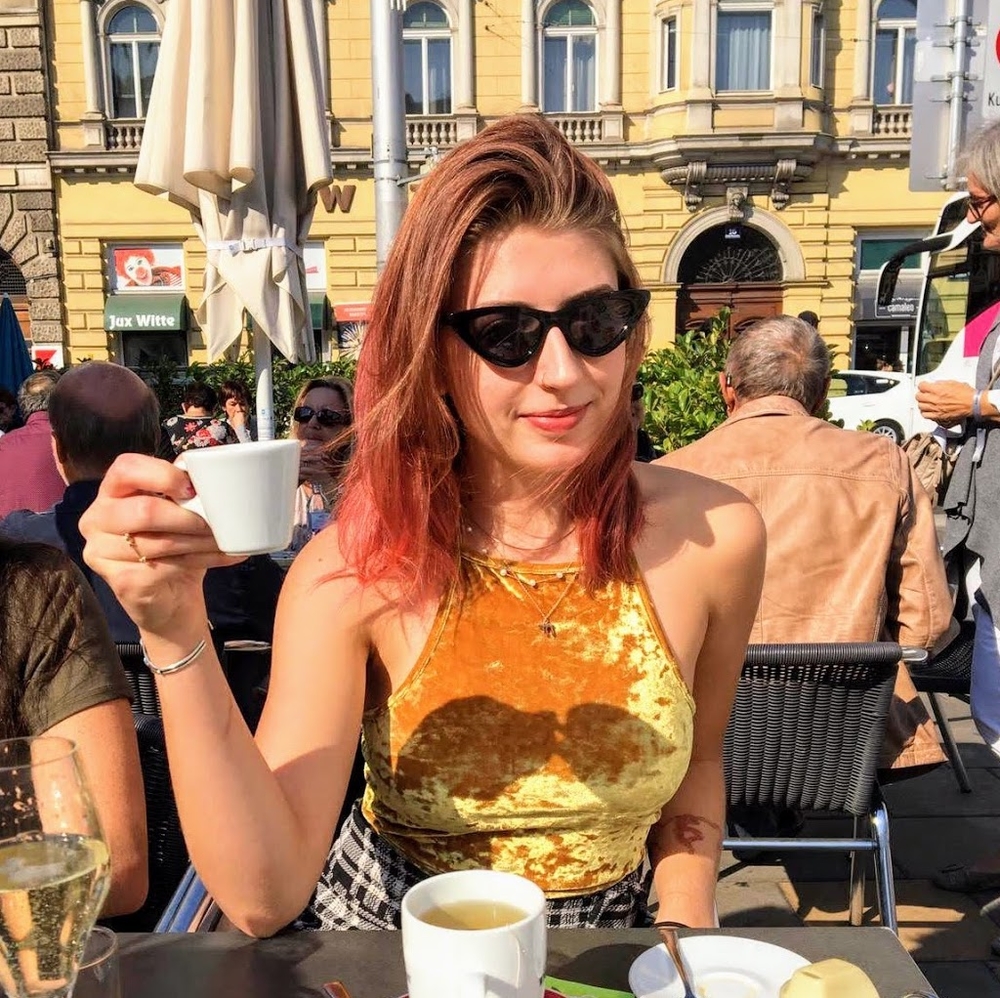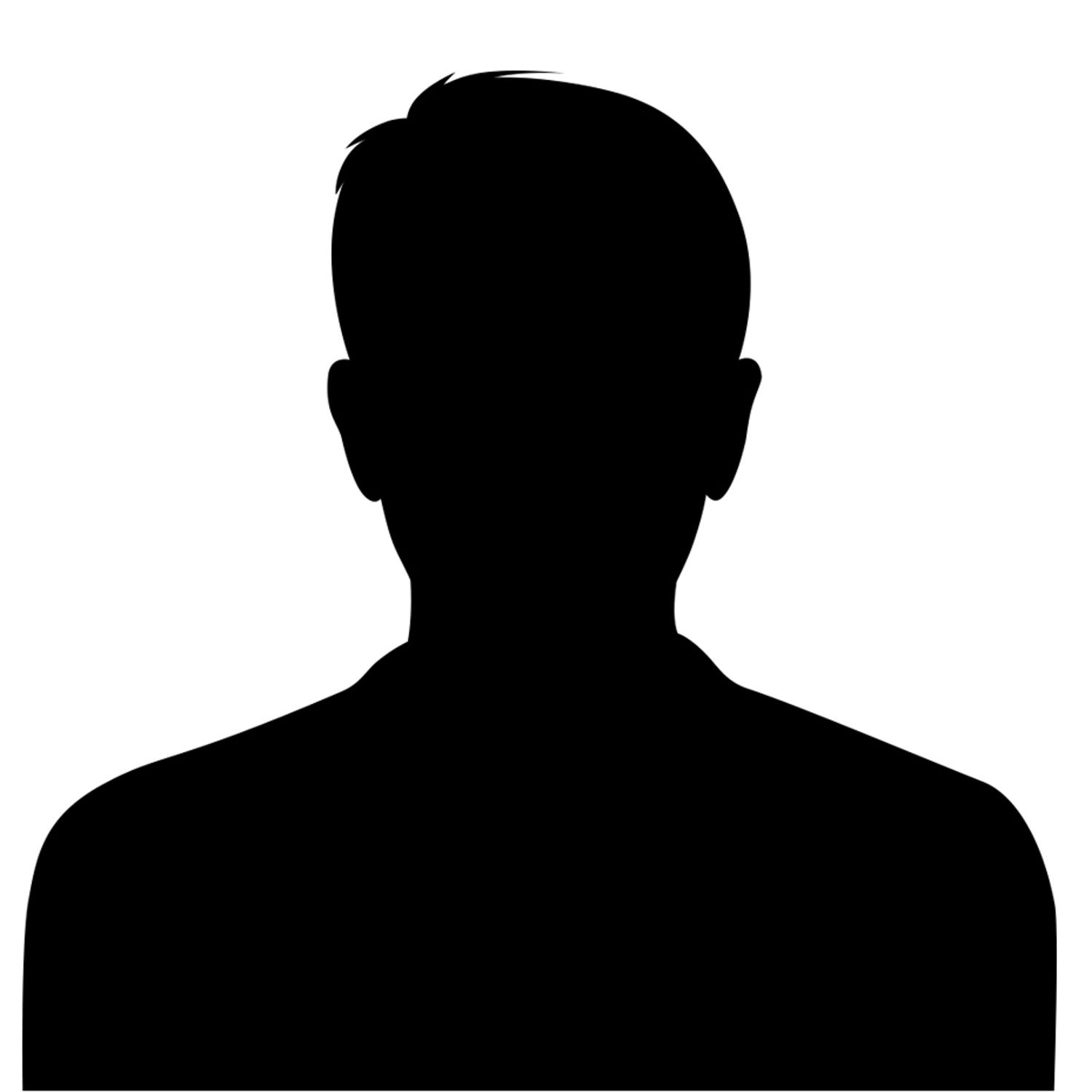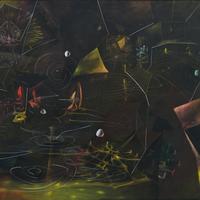More about Roberto Matta
Works by Roberto Matta

Contributor
Where Surrealism ends, Abstract Expressionism begins. In between lies the work of Roberto Matta.
Often referred to as the “last great surrealist painter,” Roberto Matta’s artistic roots began in his birth country of Chile. He came from a family of Basque origins, a small, isolated group within the greater Chilean landscape. When Matta abandoned his architectural studies under Le Corbusier in pursuit of art, founder of the Surrealist movement Andre Breton invited him to join his inner circle of artists and intellectuals. Developing an artistic practice within this group, including Marcel Duchamp, Yves Tanguy, and Giorgio de Chirico, Matta added some Latin flair to the movement. The Surrealist group is known for being a bit of a white, European man’s game, but Matta, as well as Cuban artist Wifredo Lam, successfully penetrated that white wall. Matta attributed his artistic and psychological independence within the Surrealists to his Basque background. His paintings speak in the language of a different reality born of his South American identity.
Surrealism started with Breton and friends hypnotizing each other and writing down everything the entranced person said. In doing so, they considered the poems they created “automatic writings.” That is, created “automatically,” without any intention of what the finished product will be. At the outbreak of World War II, Matta and many members of the Surrealist group fled France for New York, where his practice began to manifest into Abstract Expressionism with the New York School. Roberto Matta’s works embody the automatic practices at the heart of this movement. Matta’s methods of creating without consciously thinking about the end product influenced the New York School by making this its primary method of creation. Unconscious, compulsive, and autonomic behavior characterize automatic painting strategies, allowing the subconscious to manifest visually. Like throwing paint at the canvas or scraping it away with a palette knife. As Surrealist painting followed in the footsteps of poetry, so did Matta’s paintings. He used “poetic license” to change his birthday to 11/11/11. The influence of Pablo Neruda and Andre Breton brought about the thematic and automatist aspects of Matta’s work.
Though Matta's work as Surrealism ascends from the realm of time and space, it also heavily engaged with his Latin American heritage. Surrealists sought salvation from reality, and the isolation of the Basque peoples gave Matta this quality of intellectual independence and creative freedom. Pre-Columbian iconography and cosmology also comprise an important source of influence for Matta. He participated in the International Exposition of Surrealism in Mexico City, organized by Breton, which compared Surrealist works with indigenous objects, whereby Matta began collecting pre-Columbian objects. These New World myths and pre-Columbian iconographies follow in the Surrealist practice of appropriating foreign imagery, yet Matta’s interest in these types of imagery comes from a shared heritage with the objects. By combining pre-Columbian imagery with Surrealist techniques, Matta arrives at a syncretic art form, combining automatist practices with the cultural material of Latin America.
Sources
- "Automatism – Art Term." Tate Modern. https://www.tate.org.uk/art/art-terms/a/automatism.
- Beckjord, Sarah. “Totems and Taboos Revisited: Roberto Matta and the New World Tradition.” In Matta: Making the Invisible Visible. Ed. Elizabeth Goizueta. University of Chicago Press, 2004.
- Goizueta, Elizabeth. “The Artist as Poet: Symbiosis between Narrative and Art in the Work of Matta.” In Matta: making the Visible Invisible. University of Chicago Press, 2004.
- Monahan, Thomas, Matta: On the Edge of a Dream
- Monahan, Thomas and Oksana Salamatina. “Matta, the Last Surrealist.” In Matta: On the Edge of a Dream. Chicago: Thomas Monahan, 2015.
- Smith, Elizabeth and Colette Dartnall. “Crushed Jewels, Air, Even Laughter: Matta in the 1940s.” In Matta in America: Paintings and Drawings of the 1940s. Museum of Contemporary Art, 2001.
Featured Content
Here is what Wikipedia says about Roberto Matta
Roberto Sebastián Antonio Matta Echaurren (
Spanish: [roˈβeɾto ˈmata]; November 11, 1911 – November 23, 2002), better known as Roberto Matta, was one of Chile's best-known painters and a seminal figure in 20th century abstract expressionist and surrealist art across the Americas and Europe.
Check out the full Wikipedia article about Roberto Matta











